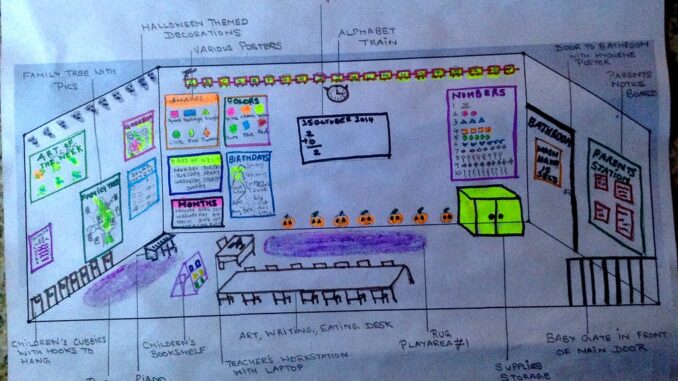
An article in Edutopia calls attention to a new study of flexible space in classrooms. The study, conducted by Peter Barrett at the University of Salford in the UK, examined 153 primary classrooms in 27 schools serving 3,766 children. Three dimensions of classroom design were examined: naturalness (e.g., light and temperature), stimulation (e.g.,. color, visual complexity), and individualization (e.g. flexibility, student ownership and control).
The three factors, when optimized together, lead to improved academic performance with flexibility being as important as such things as light and air quality. While providing more flexible classroom arrangements can be important for improving academic performance, the impact depends on changes in pedagogy such as giving more control and responsibility to students. This means that beyond just altering physical arrangements, teachers need to be prepared to make good use of the flexibility they offer.
Both the technical report and the published journal article on this study are available online.


Be the first to comment